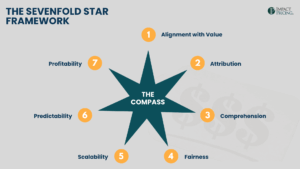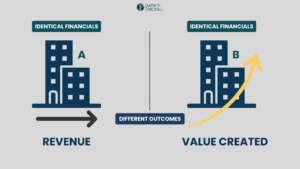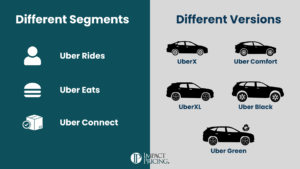What is the difference between a 75% gross margin, and 50% gross margin?
That’s easy, 25%.
So, you might be tempted to jump to the (incorrect) conclusion that if you currently have 50% gross margin, and want to grow that number to 75%, you simply raise your price by 25%.
However, to go from 50% to 75% gross margin, you actually have to double your price (assuming costs don’t change).
How to Understand Gross Margin Percentages and Pricing
Let’s go through an example.
Let’s remind ourselves of the formula for gross margin:
(Price-cost) / Price
Let’s say your product costs $1 to make. You sell it for 2 dollars. Using the above formula, your gross margin is (2-1)/2 =0.5 or 50%. If you double the price to $4, the new gross margin is (4-1)/4=0.75 or 75%.
The lesson here is to not be fooled into thinking that a particular percentage change in price results in the same change in gross margin percentage. When your gross margin is small, small changes in price make large changes in gross margin percentage. However, when your gross margin percentage is large, it takes significant price changes to move the gross margin percentage even a little.
At the end of the day, this is only important if you are thinking in terms of gross margin percentage. Ask yourself: do you need to think in terms of gross margin percentage and not gross margin dollars? Why/why not?















